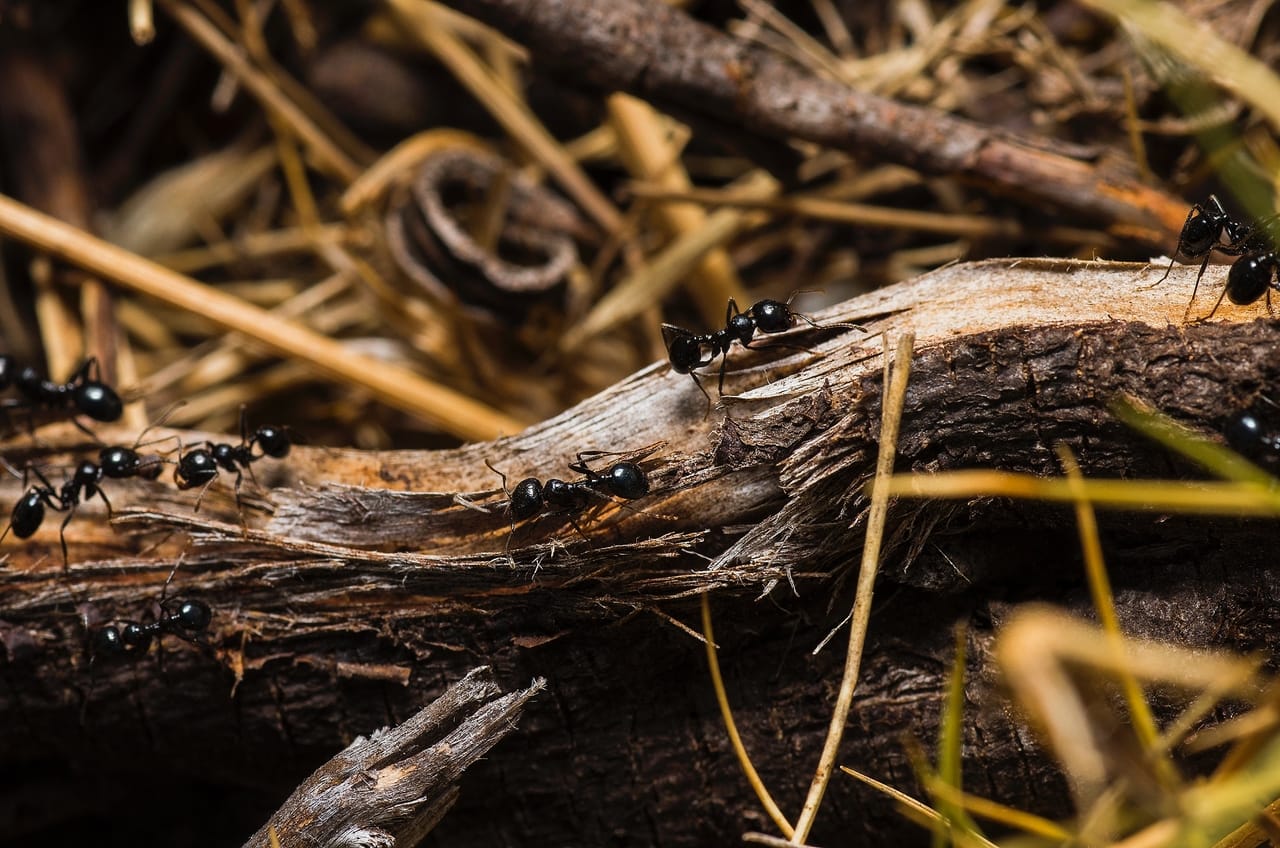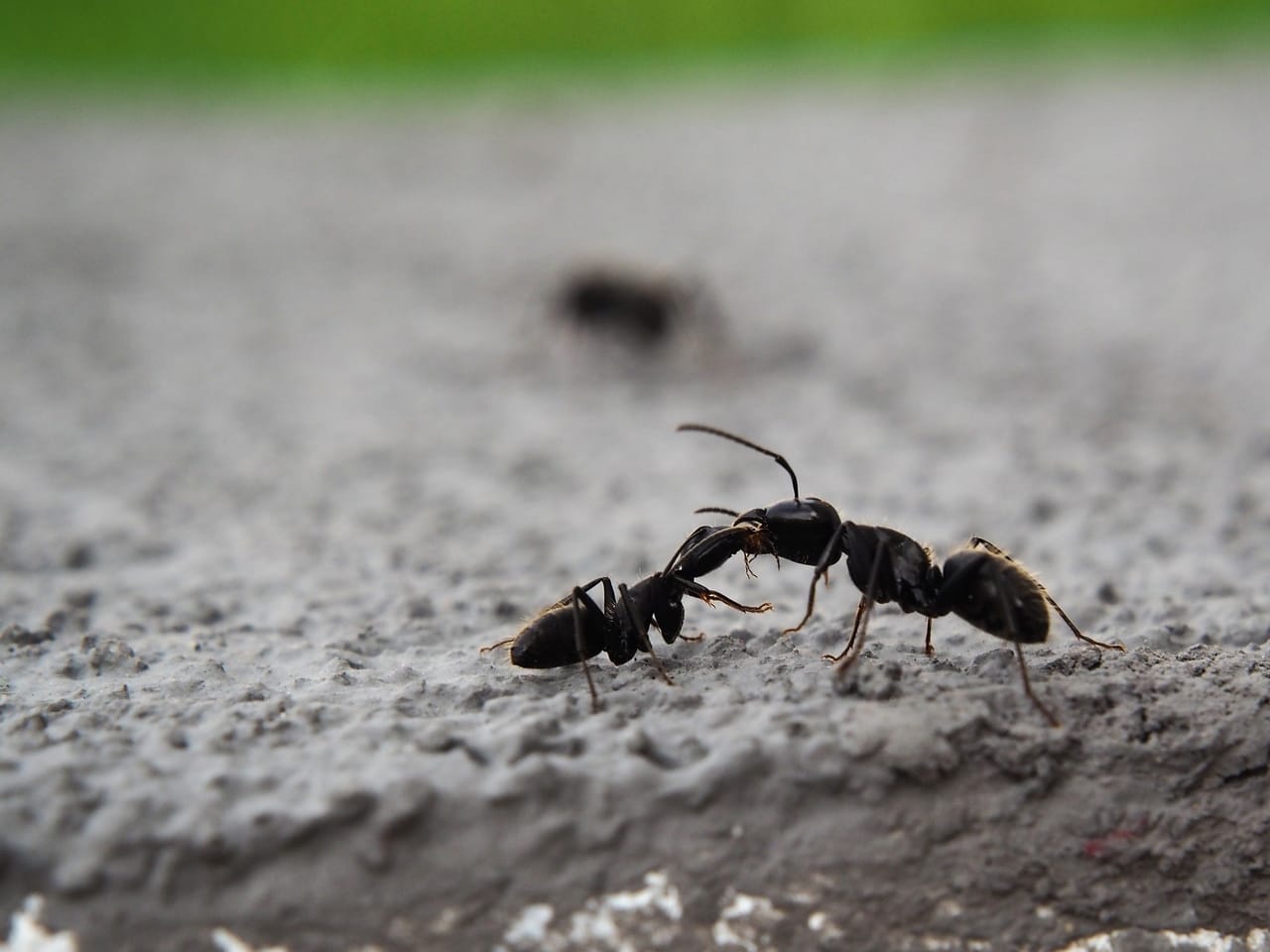You’ve got ants in your home, but what kind are they? Here’s how you can identify the difference between odorous house ants and carpenter ants. Regardless of the species, remember to contact a professional if your pest problem is too much to handle on your own!
Appearance
Your first way to distinguish between odorous house ants and carpenter ants is by their appearance. Fortunately, the two species look quite different from one another. If you happen to see ants crawling around your home, here’s how you can tell the difference between the two.
Odorous House Ant
Usually dark brown or black, odorous house ants range in size between 1/16” and 1/8” long. They are relatively small and are fairly common throughout the United States. So, chances are, you’ve seen one of these little guys crawling around somewhere.
Carpenter Ant
Normally substantially larger than other ants, carpenter ants are typically reddish black and between 1/4” and 1/3” long. Carpenter ant “swarmers” are even larger than the worker ants. As the colony matures and begins to seek new territory, it produces swarmers that are nearly an inch in length with long wings that extend past their bodies. Again, the key identifier of this particular ant species is its large size.
Behavior
If they’ve been around long enough for you to determine their behavior, it’s probably time to call a professional. Regardless, here’s how you can identify the type of ants that are active in your home.
Odorous House
Odorous house ants will often be driven indoors after a heavy rain. They’re very quick and typically travel in a line. Like many types of ants—and pests in general—odorous house ants will seek out food within your home. If they’ve invaded, you’ll likely find them in your kitchen, where they can snatch up a stray crumb or two.
Carpenter
The behavior of carpenter ants is similar to that of termites or other wood-destroying insects. While they don’t eat wood, they do bore through it in order to nest. A telltale sign of carpenter ants is the holes and piles of shavings they leave in their wake. You may not be able to see carpenter ants, but rustling in your walls may be a sign of their activity in your home.
Have a pest problem? We can help!
Removal
When it comes down to it, you’re mostly concerned with how to remove these ants from your home. Here are a few tips for eliminating them and preventing future outbreaks.
Odorous House
Because odorous house ants usually enter your home seeking shelter or food, limiting these two resources as much as possible will help keep them outdoors. You can do so by trimming shrubbery to eradicate access points, storing food in airtight containers, and properly sealing all doors and windows. If you have odorous house ants in your home, the most effective way to remove them is with bait. Other sprays, treatments, and pesticides can also be used, but they often require multiple applications.
Carpenter
Because of their destructive nature, carpenter ants need to be treated promptly and efficiently. To protect your home, keep your yard properly manicured, remove any rotting wood from your lawn or home, and eliminate any excess water from your property. If you believe you may have a carpenter ant infestation, it’s best to call a pro and have your home inspected. A pest control technician will be able to identify your problem and treat it before it gets out of hand.
If you’re fighting a losing battle against ants in your home, contact the experts at Springer. Our team of pest control professionals can help you identify the source of your ant problem, remove the invaders, and prevent future outbreaks. Set up your free inspection now!


